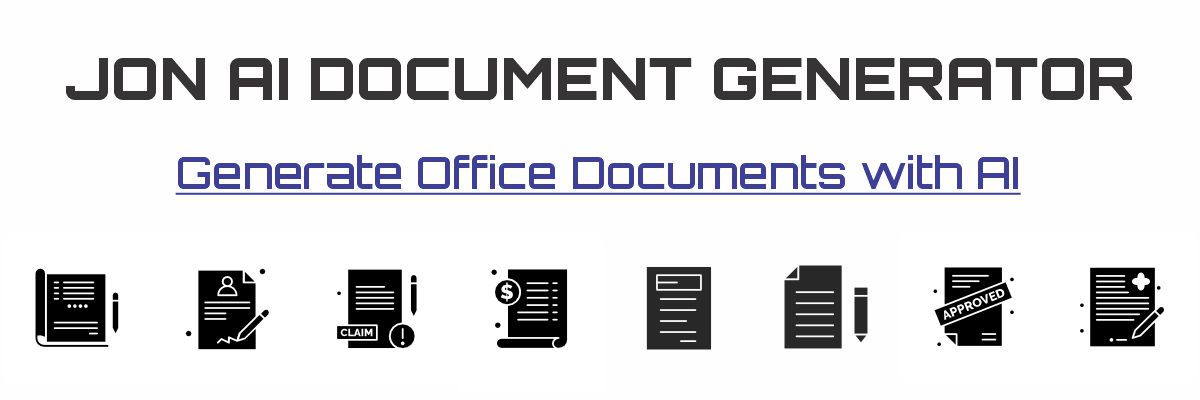What is a Large Language Model? The Engine Behind the Magic
We've talked about "AI" in general, but the technology that allows you to have stunningly human-like conversations with tools like ChatGPT, Gemini, or Claude has a more specific name: a Large Language Model, or LLM for short. It might sound intimidating, but if we break it down word by word, it's a concept anyone can grasp.
Imagine the autocomplete feature on your phone or in your email. When you start typing "I'll meet you at the...," it might suggest words like "office," "park," or "usual." It's predicting the next word based on the patterns it has learned from common phrases.
Now, imagine that autocomplete feature was given a super-powered brain and sent to read a significant portion of the entire internet—all of Wikipedia, millions of books, countless articles, blogs, and websites. After reading all that, its ability to predict the next word would become incredibly sophisticated. It wouldn't just guess the next word; it could guess the next sentence, the next paragraph, and even the next chapter, all while maintaining context, tone, and style.
In a nutshell, that's a Large Language Model. It is a giant neural network trained on a massive amount of text data, whose primary job is to predict the next most likely word in a sequence. The "magic" of a conversation with an AI is simply this prediction engine running on an unbelievable scale, one word at a time, at lightning speed.
Vocabulary Builder: Breaking Down the Name
- Large
- This refers to two things: 1) The colossal amount of text data it was trained on (a library so vast it's beyond human comprehension), and 2) The enormous number of connections, or "parameters," within the neural network itself. These can range from billions to trillions, representing all the learned patterns from the data.
- Language
- This is its domain. It's not trained on images (though some models are now multi-modal, a topic for later!) or numbers, but specifically on human language—text, in all its forms, styles, and languages.
- Model
- In science, a "model" is a simplified representation of a system or process. An LLM is a mathematical model of language. It has learned the statistical relationships between words and can generate text that conforms to those learned patterns. It's a "model" because it's a simulation of language, not a true understanding of it.
Concept Spotlight: It's All About Prediction
It's crucial to remember that everything an LLM does stems from its core function: predicting the next word. Let's see how this simple function leads to complex abilities:
- Answering a question: When you ask, "What is the capital of France?", the model starts a sentence with your question. The most statistically probable words to follow that sequence are "...The capital of France is Paris."
- Writing a poem: When you say, "Write a short poem about the ocean," the model predicts the most likely sequence of words that would satisfy a request for a poem about the ocean, based on all the poems it has read.
- Translating: When given "'Hello' in Spanish is...", the most probable next word is "'Hola'."
The model doesn't "know" what Paris is or "feel" the beauty of the ocean. It is simply an incredibly powerful pattern-matching and prediction machine, generating the most plausible sequence of words based on the prompt it was given.
Quick Check
What is the fundamental task that a Large Language Model is trained to do?
Recap: What is a Large Language Model?
What we covered:
- A Large Language Model (LLM) is the technology behind conversational AI like ChatGPT.
- It's like a hyper-advanced autocomplete, trained on a massive amount of text.
- The name itself tells the story: it's a Large model (in data and parameters) of human Language.
- Its core function is simple but powerful: predicting the next word in a sequence.
Why it matters:
- Understanding that LLMs are "next-word prediction engines" demystifies them. It helps explain both their amazing capabilities and their flaws (like making things up). We can see them not as all-knowing oracles, but as powerful text-generation tools.
Next up:
- Building on this, we'll explore a closely related and popular term you've likely heard: What is the meaning of Generative AI?



